The Arc de Triomphe in Paris is a monumental arch honouring those who fought and died for France. It stands at the end of the Champs-Élysées.
The Arc de Triomphe is one of Paris’s most iconic landmarks. Commissioned by Napoleon in 1806, it commemorates French military victories. The structure is adorned with intricate sculptures and engravings of battle scenes. Visitors can ascend to the top for panoramic views of Paris.
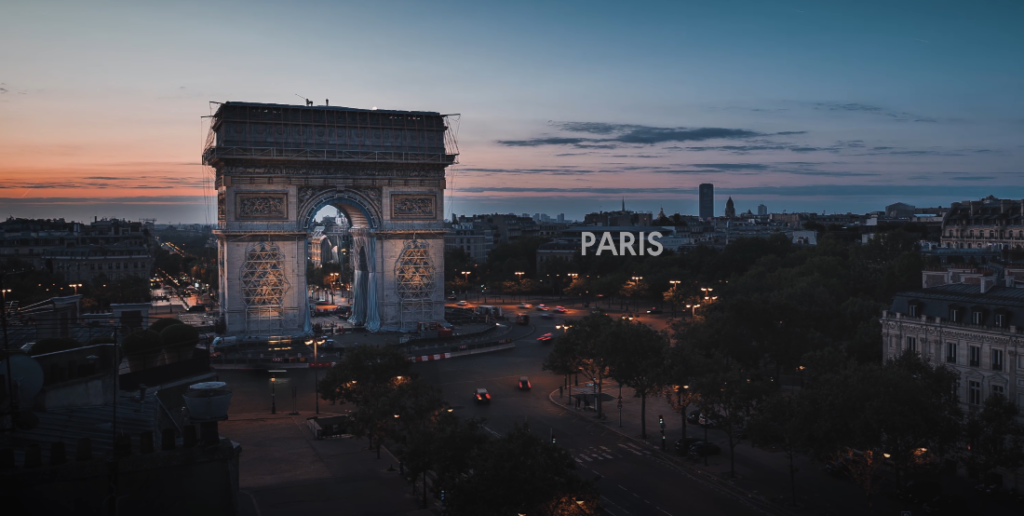
The Tomb of the Unknown Soldier lies beneath the arch, adding historical significance. The Arc de Triomphe serves as a symbol of French patriotism and architectural grandeur. It remains a must-visit for anyone exploring the rich history and culture of Paris. The monument is easily accessible and offers a glimpse into France’s storied past.
Historical Significance
The Arc De Triomphe in Paris stands as a monumental symbol of France’s rich history and heritage. This iconic structure, located at the western end of the Champs-Élysées, commemorates the soldiers who fought and died during the French Revolutionary and Napoleonic Wars. Its architectural grandeur and historical significance make it one of the most visited landmarks in Paris. This guide explores its construction era and the Napoleonic influence that shaped its creation.
Table of Contents
Construction Era
The construction of the Arc De Triomphe in Paris began in 1806. This period marked the height of the Napoleonic Empire. It was designed by Jean Chalgrin, a prominent French architect. The goal was to honour the French army’s victories.
Building such a grand monument took over 30 years. The construction faced many challenges, including political changes and financial constraints. Despite these obstacles, the project continued under various regimes, including the Bourbon Restoration and the July Monarchy.
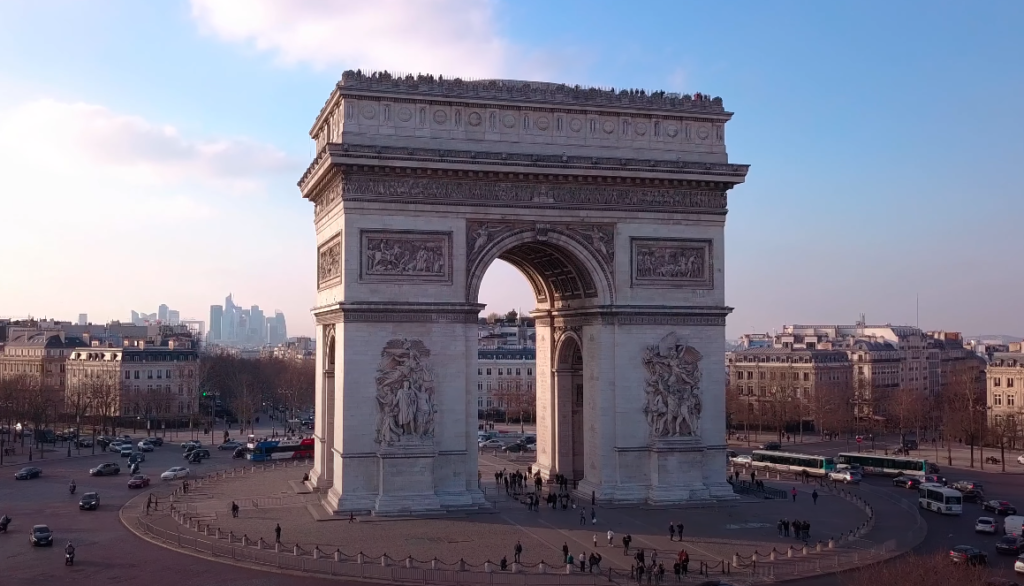
Key milestones during the construction era include:
- 1806: Napoleon commissioned the Arc De Triomphe.
- 1810: The foundation stone was laid.
- 1836: The monument was completed and inaugurated.
The structure stands 50 meters tall and 45 meters wide. Its intricate sculptures and engravings depict important historical events and figures, making it a true masterpiece of French neoclassical architecture.
Napoleonic Influence
Napoleon Bonaparte’s vision heavily influenced the Arc De Triomphe. He wanted a grand monument to celebrate France’s military prowess. The design includes several elements that reflect his ambitions and achievements.
Some of these elements are:
- The names of 660 generals were inscribed on the inner and outer surfaces.
- Victories of the French army were engraved on the monument.
- Sculptures representing key battles, such as the Battle of Austerlitz.
Napoleon’s influence extended beyond the design. His desire for grandeur and glory drove the project’s scale and scope. The Arc De Triomphe became a symbol of his reign and military success.
This grand monument also served as a rallying point for French troops. In 1840, Napoleon’s remains passed under it en route to their final resting place at Les Invalides, further cementing his connection to the Arc de Triomphe.
Visitors to the Arc De Triomphe in Paris can feel Napoleon’s presence and the historical weight of his era. It’s a must-see landmark, just like the guide to Disneyland Paris attractions or tips for Disneyland Paris visitors.
Architectural Features
The Arc De Triomphe in Paris is a famous monument. It stands at the end of the Champs-Élysées. This grand structure honours the French soldiers. Its architectural features make it a must-see. Visitors are always in awe of its beauty and history. Let’s explore its design elements and sculptural details.
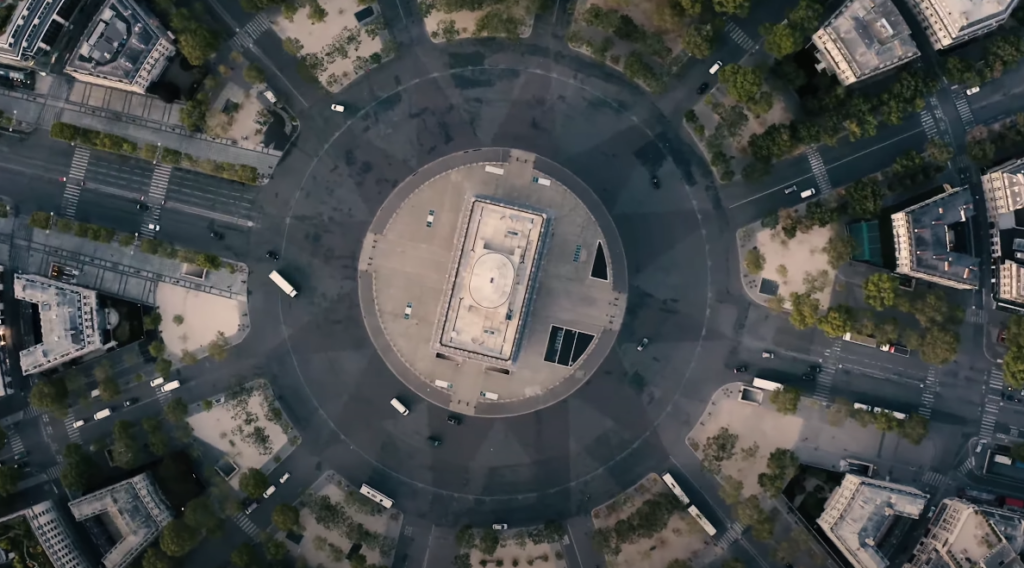
Design Elements
The design elements of the Arc De Triomphe are remarkable. The monument is 50 meters tall. It has a width of 45 meters. The depth of the structure is 22 meters. The arch is made of limestone. Its design includes large pillars and arches.
Here are some key points about the design:
- Four massive pillars support the arch.
- The arch has several smaller arches within it.
- Each pillar has intricate carvings.
The top of the arch offers a viewing platform. From here, you can see all of Paris. The design also includes engraved names. These names are of soldiers and battles. The layout is symmetrical and balanced. This makes it visually appealing.
Sculptural Details
The sculptural details of the Arc De Triomphe are stunning. The monument has four main sculptures. Each sculpture represents a different theme. These themes include victory, peace, and resistance.
Here are the main sculptures:
- Le Départ de 1792 (The Departure of 1792)
- Le Triomphe de 1810 (The Triumph of 1810)
- La Résistance de 1814 (The Resistance of 1814)
- La Paix de 1815 (The Peace of 1815)
The sculptures are very detailed. They show soldiers and symbolic figures which tell the story of France’s history. The carvings also include reliefs, which show scenes from battles. Visiting the Arc de Triomphe in Paris is like stepping into the past. The sculptural details are a testament to the country’s heritage.
Cultural Importance
The Arc de Triomphe in Paris is a grand monument. It stands proudly at the end of the Champs-Élysées. Built to honour those who fought and died for France, it has become a symbol of national pride. Many tourists visit it each year, often before or after their Disneyland Paris experience. Understanding its cultural importance helps us appreciate its significance.
National Symbol
The Arc de Triomphe in Paris is a powerful national symbol. It represents French unity and strength. Commissioned by Napoleon in 1806, it commemorates the victories of the French armies.
It stands at the centre of Place Charles de Gaulle, where twelve avenues meet. Its location makes it a focal point for celebrations and parades.
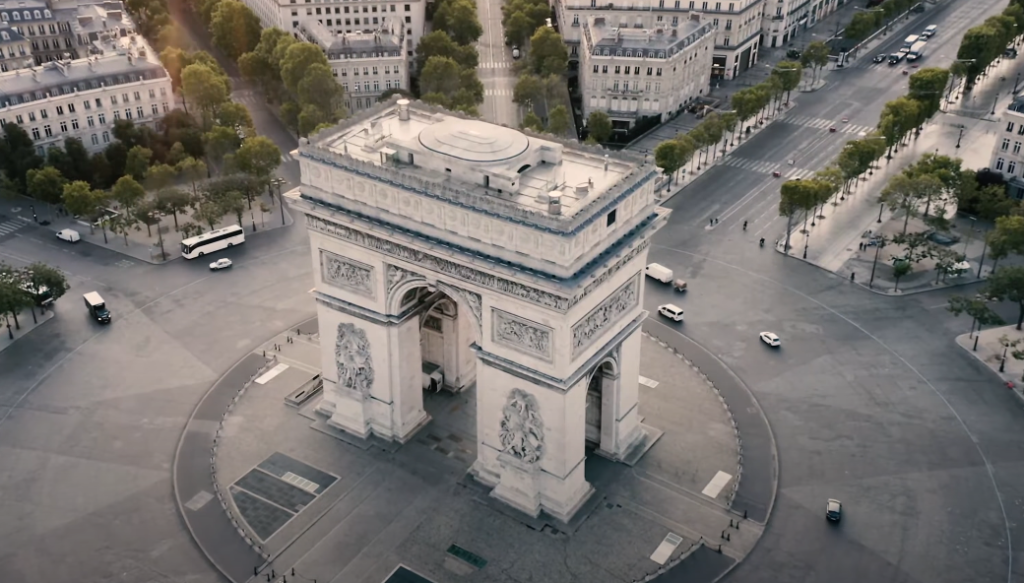
- The monument is 50 meters high and 45 meters wide.
- It features intricate carvings and reliefs.
- Names of battles and generals are inscribed on its inner and outer surfaces.
Visitors can climb 284 steps to reach the top. From there, they enjoy a panoramic view of Paris, including the Eiffel Tower and the Louvre. Like planning a Disneyland Paris trip, visiting the Arc de Triomphe offers a memorable experience.
Commemoration Events
Many important commemoration events take place at the Arc de Triomphe in Paris. These events honour fallen soldiers and celebrate national pride.
One of the most significant events is the Bastille Day Parade. Held on July 14, it features military parades, music, and fireworks. The French President lays a wreath at the Tomb of the Unknown Soldier, located beneath the arc.
Another key event is Armistice Day on November 11. This day marks the end of World War I. Ceremonies include the rekindling of the eternal flame and moments of silence. These events draw large crowds and are broadcast nationwide.
Event
Date
Activities
Bastille Day July 14 Parade, music, fireworks
Armistice Day November 11 Rekindling flame, silence
Visiting during these events adds to the Disneyland Paris experience review. It offers insight into French history and culture. Whether for a parade or quiet reflection, the Arc de Triomphe remains a vital part of Paris.
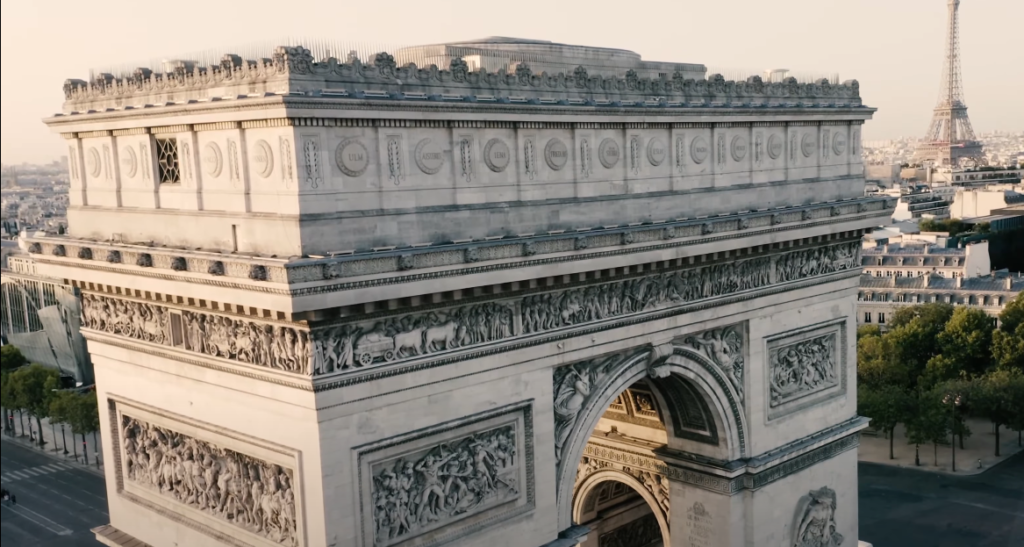
Visitor Experience
The Arc de Triomphe in Paris is a must-see landmark. It stands tall at the end of the Champs-Élysées and honours those who fought and died for France. Visitors can explore its rich history and enjoy stunning views of Paris. This guide will help you make the most of your visit.
Access And Tours
The Arc de Triomphe in Paris is easy to access. It is located at Place Charles de Gaulle. Several metro lines can take you there, the closest station being Charles de Gaulle—Étoile. You can also reach it by bus or taxi.
Several tours are available for visitors. You can choose a guided tour or explore on your own. Guided tours provide detailed information about the monument and usually last about an hour. Audio guides are also available in multiple languages.
Here are some tips for your visit:
- Buy tickets online to avoid long lines.
- Visit early in the morning or late in the evening to avoid crowds.
- Wear comfortable shoes as there are many steps to climb.
- Check the weather before your visit, as the viewing platforms are outdoors.
Access to the monument is free for children under 18 and EU residents under 26. This makes it a great spot for families visiting Paris. Remember to check the opening hours, as they can change seasonally.
Viewing Platforms
The viewing platforms of the Arc de Triomphe offer amazing views of Paris. You can see the Eiffel Tower, the Champs-Élysées, and other landmarks. The climb to the top involves 284 steps, and there is no elevator, so be prepared for a bit of exercise.
Once at the top, visitors can enjoy panoramic views of the city. The platform has a small museum with interesting exhibits. These exhibits explain the history and significance of the monument.
Here are some features of the viewing platforms:
- Binoculars are available for a closer look at distant landmarks.
- Informative panels help you identify different sites.
- Seats are available for those who need a break after the climb.
The best time to visit the viewing platforms is during sunset. The city looks magical with the lights coming on. This experience is similar to the Best time to visit Disneyland Paris. Both offer a unique and enchanting view.
For families on a Disneyland Paris vacation, planning a trip to the Arc De Triomphe can be a great addition. It provides a perfect mix of history, exercise, and breathtaking views.
Surrounding Attractions
The Arc De Triomphe in Paris is a famous monument. It honours those who fought for France. Many tourists visit it each year. Surrounding the arc are many attractions. These include the Champs-Élysées and the Tuileries Garden. Both are must-see spots in Paris.
Champs-élysées
The Champs-Élysées is a famous avenue in Paris. It runs between the Arc De Triomphe and is about 1.9 kilometres long and the Place de la Concorde. This avenue is about 1.9 kilometres away from luxury shops.
Many people love to walk along this avenue. It is especially beautiful at night. The lights make it sparkle. Here are some highlights:
- Shopping: Many high-end stores are here. You can find brands like Louis Vuitton and Chanel.
- Cafes and Restaurants: Enjoy a meal at a sidewalk cafe. The people-watching is great.
- Theaters: Watch a movie or a live show. There are many options to choose from.
Visiting the Champs-Élysées is a fun experience. There is something for everyone. Whether you like shopping, eating, or watching shows, you’ll find it here.
Tuileries Garden
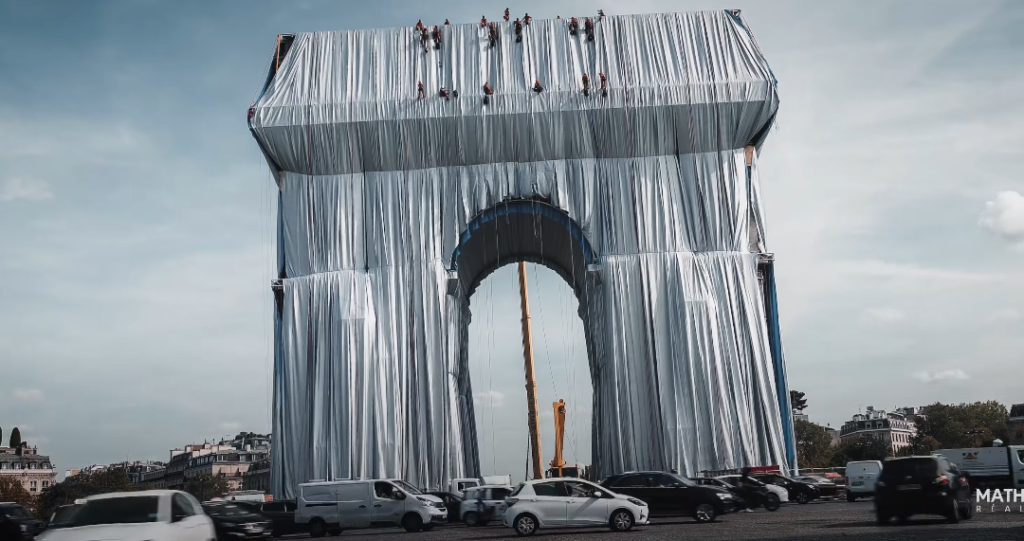
The Tuileries Garden is a lovely public park located between the Louvre Museum and the Place de la Concorde. It is perfect for a peaceful stroll and is full of beautiful flowers, statues, and fountains.
Many families visit the Tuileries Garden. It is a great place for kids to play. Here are some features of the garden:
- Playgrounds: There are areas for children to play safely.
- Ponds: You can rent a small boat to float on the ponds.
- Art: The garden is filled with beautiful statues and sculptures.
The Tuileries Garden is a relaxing spot. It is a nice break from the busy city. Families love spending time here, and it is also a great place to take photos.
Frequently Asked Questions
What Is The Arc De Triomphe?
The Arc de Triomphe is a famous monument in Paris that honours those who fought and died for France.
Where Is The Arc De Triomphe Located?
The Arc de Triomphe is located at Place Charles de Gaulle, at the western end of the Champs-Élysées in Paris.
How Tall Is The Arc De Triomphe?
The Arc de Triomphe stands at approximately 50 meters (164 feet) tall.
Can You Visit The Top Of The Arc De Triomphe?
Yes, visitors can climb to the top for stunning views of Paris.
When Was The Arc De Triomphe Built?
The construction of the Arc de Triomphe was completed in 1836.
Conclusion
The Arc De Triomphe is a must-see landmark in Paris. Its rich history and stunning architecture captivate visitors. Make sure to include it in your travel plans. Experience the grandeur and immerse yourself in a piece of French history. Don’t miss this iconic symbol of Parisian culture and pride.


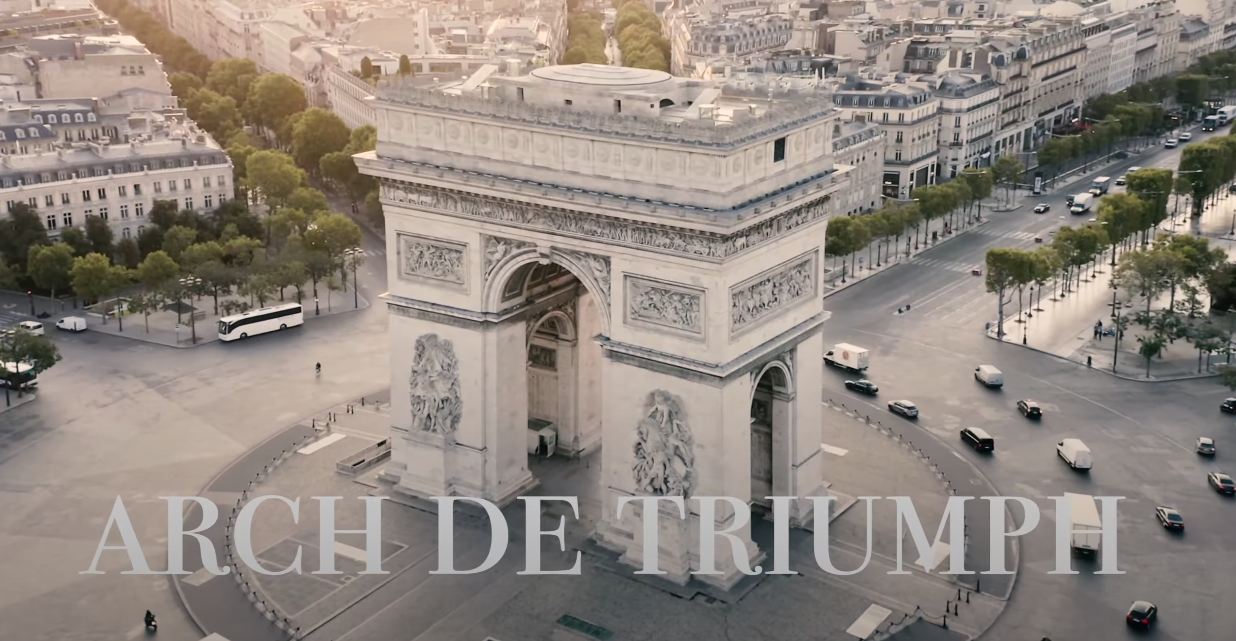
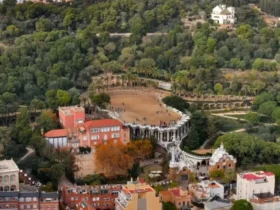
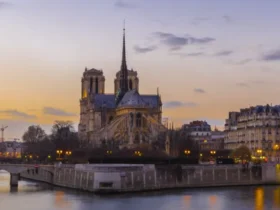


Leave a Review